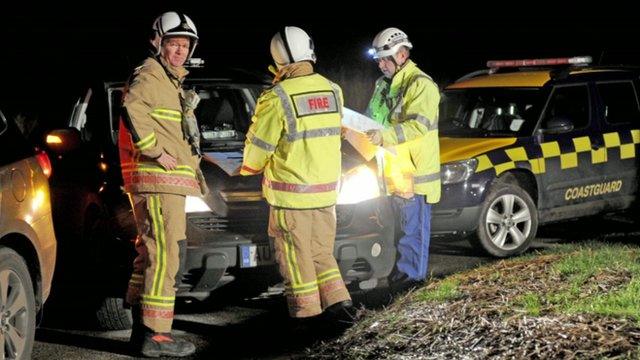Geese caused fatal USAF helicopter crash in Cley, report says
- Published

Staff Sgt Afton Ponce, Capt Christopher Stover, Technical Sgt Dale Matthews and Capt Sean Ruane died
Investigators found "clear" evidence "bird strikes" caused a helicopter crash which killed four people.
Capt Christopher Stover, Capt Sean Ruane, Tech Sgt Dale Mathews and Staff Sgt Afton Ponce died on a training mission near Cley, Norfolk, in January.
They were in an HH-60G Pave Hawk, which was part of 48th Fighter Wing at RAF Lakenheath in Suffolk.
The Accident Investigation Branch says the geese strikes "rendered" both the pilot and co-pilot unconscious.
The helicopter was flying 110ft (33m) above ground level at a speed of about 110 knots (126mph) just before the crash.
In his report on the crash, external, Brig Gen Jon Norman said: "A flock of geese took flight from Cley Marshes, likely startled by the noise of the approaching helicopters, and struck the (helicopter).
"At least three geese penetrated the windscreen."
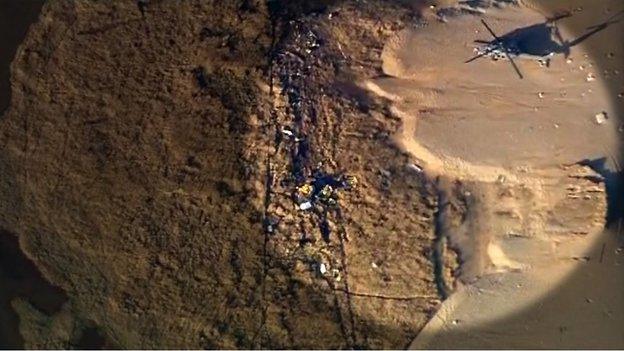
The investigation was initially hampered by the fact the helicopter was carrying munitions

A second helicopter from RAF Lakenheath was sent to the marshes to try to assist
One goose, he said, also hit the aerial gunner, causing a loss of consciousness.
Three seconds after the bird strike, the helicopter, which was one of two Pave Hawks on the moonlit training mission, crashed.
"These four airmen were known to those they loved as brother, son, father, husband, sister, daughter, mother, wife, and friend," wrote Gen Norman.
The report said the pilot had "followed the available guidance on bird hazards in the UK".
Richard Kelham, chairman of Cley Parish Council, said residents had long-held concerns over low-flying helicopters over the marsh, which is a Norfolk Wildlife Trust reserve.
"These findings strengthen our hand in the argument against low flying over nature reserves," Mr Kelham said.
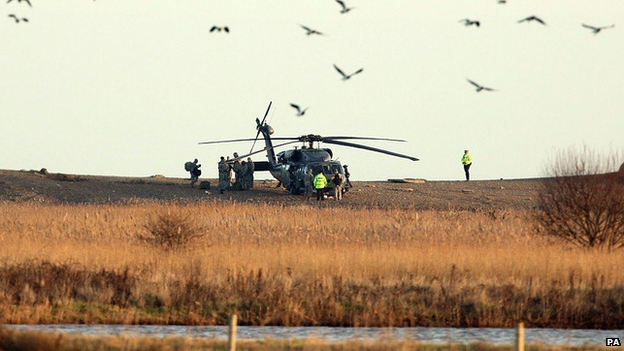
The risk of bird strikes in the area was assessed as 'low'
"Our concerns are for both the welfare of the wildlife but also from a safety point of view.
"It is inherently dangerous to fly low over an area with a lot of birds and hopefully lessons can be learned from this tragedy."
The type of geese involved in the crash typically weigh between 6 to 12 lbs (2.7-5.4kg).
Col Kyle Robinson, commander of the 48th Fighter Wing, said the risk of bird strikes in the area had been assessed.
"We have bird strikes every time we fly an aircraft," he said. "Obviously we fly with the birds.
"It's very unfortunate what happened in this case. You can't foresee that happening.
"We looked at all the guidance that's put out. In that particular area the bird strike risk was low."
The report said the cost of the crash in financial terms to the US military was $40.3m (£23.5m).

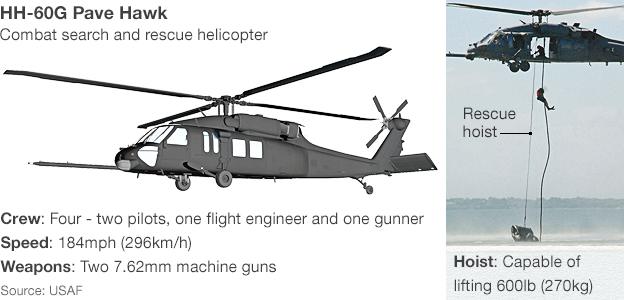
The HH-60G Pave Hawk, a version of the US Army's Black Hawk helicopter, is used by the US Air Force for combat search and rescue, mainly to recover downed aircrew or other isolated personnel in war zones.
The helicopter, made by Sikorsky, has been used in numerous military missions in Iraq and Afghanistan, as well as civilian rescue operations after disasters including the 2004 Boxing Day tsunami in Sri Lanka and Hurricane Katrina in the US in 2005.
The Pave Hawk, which came into service in 1981, has a four-man crew and can carry up to 12 troops.


- Published12 January 2014

- Published11 January 2014

- Published10 January 2014
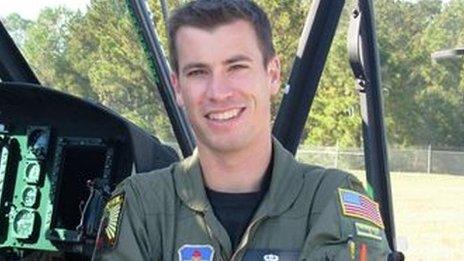
- Published9 January 2014

- Published8 January 2014
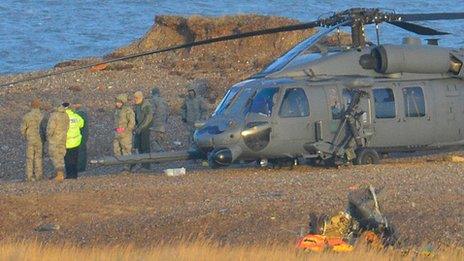
- Published8 January 2014
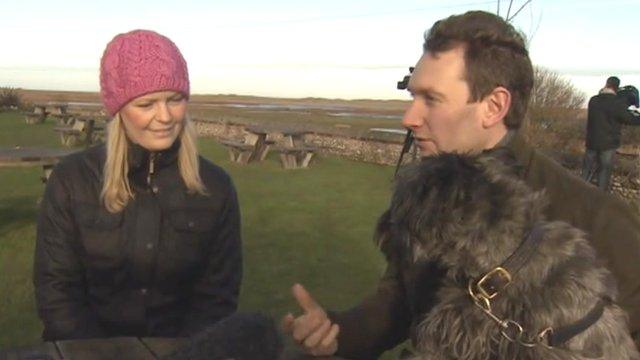
- Published8 January 2014

- Published8 January 2014
- Published8 January 2014
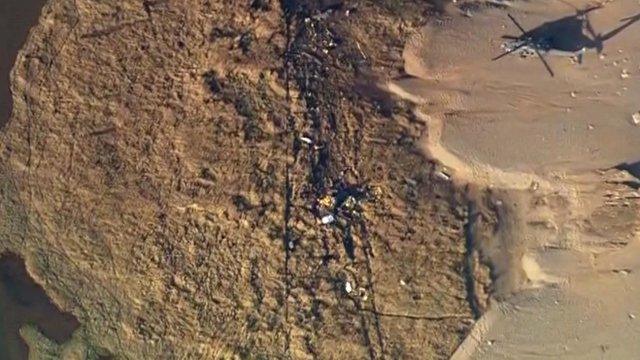
- Published7 January 2014
